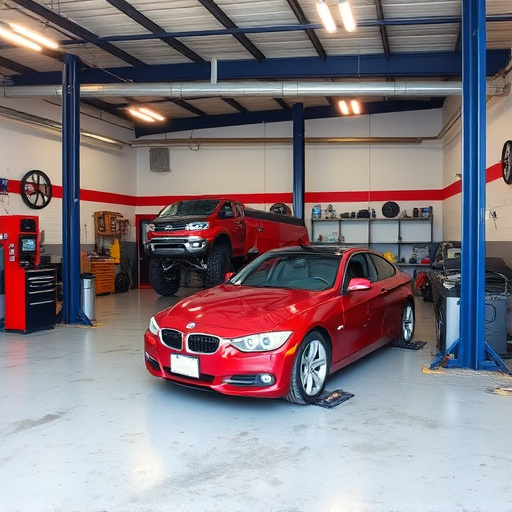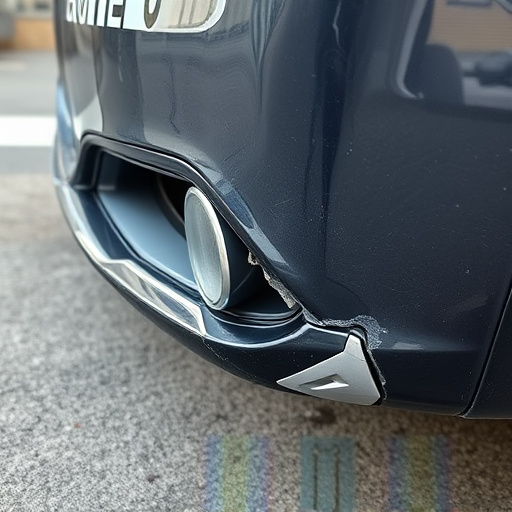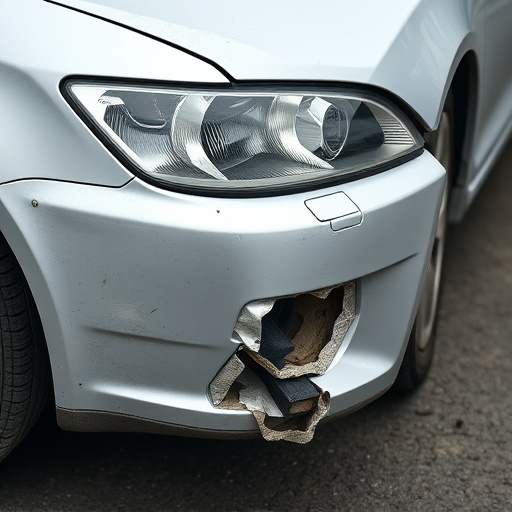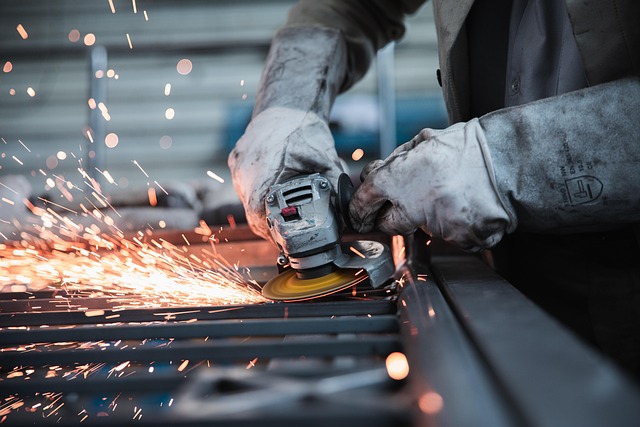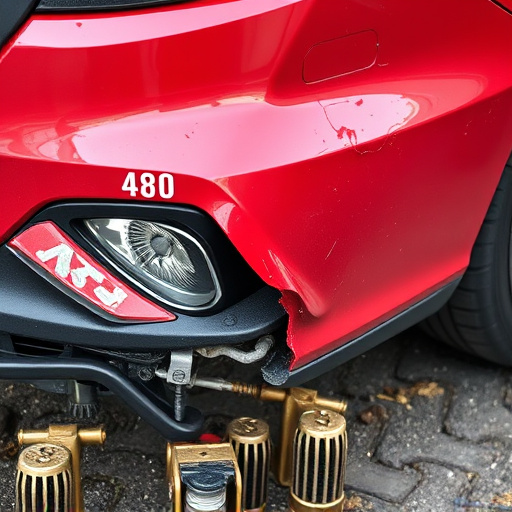Understanding global supply chain trends and implementing agile strategies are vital for accurate accident repair estimates. Fluctuations in steel, tire prices, and rare components disrupt services, increasing costs and turnaround times. Efficient processes, digital record-keeping, and standardized procedures mitigate volatility, enhancing customer satisfaction and business relationships.
In today’s interconnected world, the supply chain plays a pivotal role in shaping the landscape of accident repair services. Fluctuations in accident repair estimates are not uncommon, largely due to the intricate web of material and part availability. This article delves into the dynamics of supply chain impact, exploring how understanding and managing these factors can significantly mitigate volatile estimate variations. We dissect key elements such as materials and parts availability, along with efficient processes that contribute to more accurate and consistent accident repair estimates.
- Understanding Supply Chain Dynamics in Accident Repair
- Materials and Part Availability: The Fluctuation Factor
- Efficient Processes Mitigate Estimate Volatility
Understanding Supply Chain Dynamics in Accident Repair
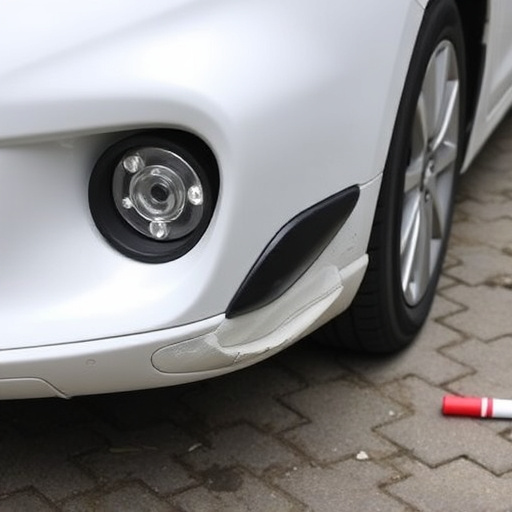
In the realm of accident repair estimates, understanding supply chain dynamics is paramount. Collision damage repair involves a intricate web of components, from raw materials to specialized labor. Every delay or disruption in this process can significantly impact final costings for consumers and repair shops alike. For instance, fluctuating prices of steel and tires (essential components in car collision repair) directly influence the affordability and accessibility of repairs, subsequently affecting estimated costs.
Supply chain complexities further amplify through logistics, with tire services often relying on just-in-time delivery models to ensure freshness. Any hiccup in transportation or production can create a ripple effect, causing delays and increasing the risk of parts obsolescence. As such, keeping abreast of supply chain trends and implementing agile strategies becomes crucial for both parties to mitigate these fluctuations and provide accurate, reliable accident repair estimates.
Materials and Part Availability: The Fluctuation Factor

The availability of materials and parts plays a pivotal role in the fluctuating estimates for accident repair. In today’s dynamic market, disruptions in the supply chain can significantly impact the cost and turnaround time for auto repairs. For instance, rare or specialized components essential for vehicle restoration might experience sudden shortages, driving up prices due to limited suppliers or increased demand from other industries. This scarcity directly translates to higher repair estimates for customers seeking auto glass replacement or comprehensive accident repair services near them.
Furthermore, global events such as geopolitical tensions or natural disasters can disrupt the sourcing and distribution of materials, affecting the availability of even commonly used parts. Consequently, auto body shops may need to source alternatives, which could differ in quality or compatibility, leading to additional costs and potential delays in repairing vehicles. These supply chain fluctuations are beyond the control of local auto repair shops but significantly influence their ability to provide accurate, consistent, and timely estimates to customers seeking vehicle restoration services.
Efficient Processes Mitigate Estimate Volatility

Efficient processes play a pivotal role in mitigating the volatility associated with accident repair estimates. Streamlined workflows and standardized procedures enable auto repair shops to provide more accurate cost projections, ensuring both customer satisfaction and financial stability. By implementing best practices, such as digital record-keeping and efficient inventory management, fleet repair services can minimize errors and reduce the uncertainty often inherent in estimating repair costs, especially for complex Mercedes Benz repairs.
This proactive approach not only enhances the overall efficiency of accident repair operations but also fosters trust between service providers and their clients. Accurate estimates built on robust processes contribute to stronger business relationships, as customers appreciate transparency and reliability when it comes to understanding the financial implications of vehicle restoration after an accident.
In conclusion, understanding the intricate relationship between supply chain dynamics and accident repair estimates is key to achieving stability in an industry prone to fluctuations. By recognizing the impact of materials and parts availability, as well as adopting efficient processes, repair shops can mitigate estimate volatility and provide more accurate, cost-effective solutions for customers. This approach not only enhances customer satisfaction but also contributes to a resilient and adaptable accident repair sector.
